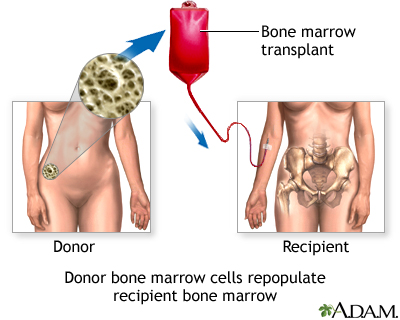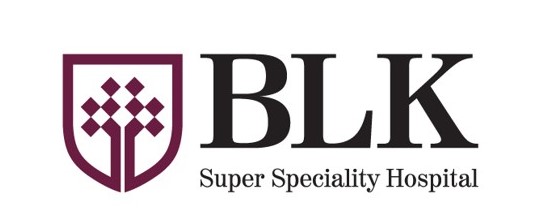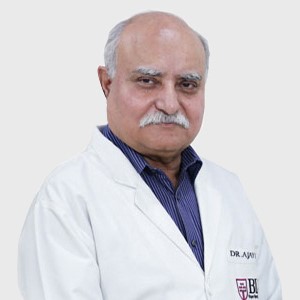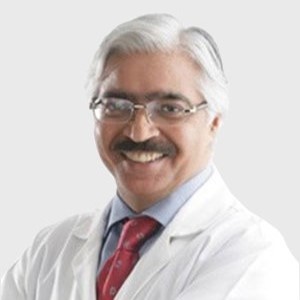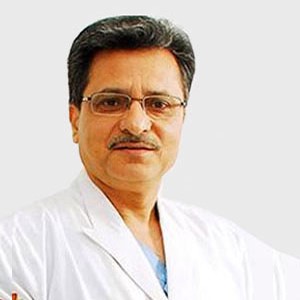What Diseases can cure BMT?
- The following diseases can be cured by the use of Bone Marrow Transplant:
- Leukemias
- Aplastic Anemia
- Immune Deficiency Disorders
- Tumor cancers
- Lymphomas, etc
What are the conditions which lead to Bone Marrow Transplant?
- Bone marrow consists of soft tissue type stem cells. These stem cells turn into various blood cells that are necessary for the body to function. Damage to hematopoietic stem cells (mostly caused by chemotherapy) can stop their conversion to different cells and hence can lead to a deficiency of blood cells in the body. It can also lead to creation of other abnormal cells that bring harm to the body. BMT is done when these stem cells are damaged.
What are the different types of Bone Marrow Transplant?
- There are 3 types of Bone Marrow Transplant:
- Autologous bone marrow transplant – The stem cells are extracted before a chemotherapy session and implanted back in after.
- Allogeneic bone marrow transplant – Bone marrow is extracted from a suitable donor and implanted in the patient.
- Umbilical cord Blood Transplant – A type of allogeneic transplant where the stem cells are extracted from a baby’s umbilical cord right after birth.
What is Bone Marrow Biopsy?
- The process of extracting and analysing one’s bone marrow is known as Bone Marrow Biopsy. This biopsy includes the collection of stem cells and their examination by trained professionals in a certified pathology lab to ensure that the bone marrow is making healthy blood cells properly.
How to select the donor?
- Donors are the ones who donate their bone marrow to an individual whose stem cells aren’t functioning properly. For a donor to be a fit match with a patient, their Human Leukocyte antigen (HLA) tissue must be of the same type. HLA are proteins that act as a test for proper cell functioning. At a time, there might be several donors with HLA types matching that of the patient. In such a case, the doctor does some additional testing to determine the most compatible donor.
What are the risks and side effects involved in the donation of bone marrow?
- There are no major risk or painful factors when it comes to extraction or plantation of Bone marrow. Some are discussed below. Risks and side effects faced by the donor:
- Risks of general anesthesia such as postoperative confusion, pneumonia, stroke etc.
- Possible damage to bone, nerve or muscle.
- Sore throat, mild nausea, vomiting.
- Bruising at the incision site
- Soreness at the site of extraction.
- Trouble at walking for a few days
What are the risks involved from an unrelated donor?
- There can be a few risks involved if the donor is not a good match. This can lead to serious diseases such as Graft host disease.
What are the pre Transplant tests and procedures done?
- Before a transplant, there are a few tests that the patient needs to attend. These include:
- Blood tests:
- these include tissue typing, which checks the compatibility of donor
- for Checking out for diseases such as hepatitis, HIV etc.
- for Checking out for proper organ functioning.
- Chest X-ray: this is done to check if the lungs are in proper conditions or not.
- CT scan: to get an overview of the patient's body.
- PET scan: for proper organ functioning.
- Heart tests
- Anesthesia compatibility test. Etc
What is the procedure of BMT?
- The first step is extraction of bone marrow. The stem cells are extracted one or two days before the surgery. They are stored in a frozen state. At the start of the surgery, the patient is subjected to anaesthesia, making him/her to fall asleep throughout the procedure. Bone marrow transplant is similar to blood transfusion.
- Donor procedure- During extraction, the donor is given a certain amount of shots (Number is donor-dependent) that push new stem cells into the donor’s circulatory system. This displacement allows doctors to extract stem cells from blood directly through an intravenous line.
- Patient Procedure- A port is installed into the upper chest of the patient. This port is called a central venous catheter and is similar to a needle. It is used to send stem cells, nutrients etc directly to the heart. Once the heart has received the stem cells, it pumps them throughout the body, mixing them properly into the patient’s system. Sometimes the process of sending the plasma through CVC is repeated to get better results, this is referred to as grafting.
What are the Advantages and Disadvantages of BMT?
- Bone marrow transplant is the injection of healthy stem cells that replace the damaged ones. Its advantages include proper function of bone marrow and hence prevention from various cancers and other major diseases. Its disadvantages are that it can cause fatigue in the body and a slight pain in your back. Some other disadvantages are mentioned above.
 India
India USA
USA UK
UK Thailand
Thailand Singapore
Singapore


